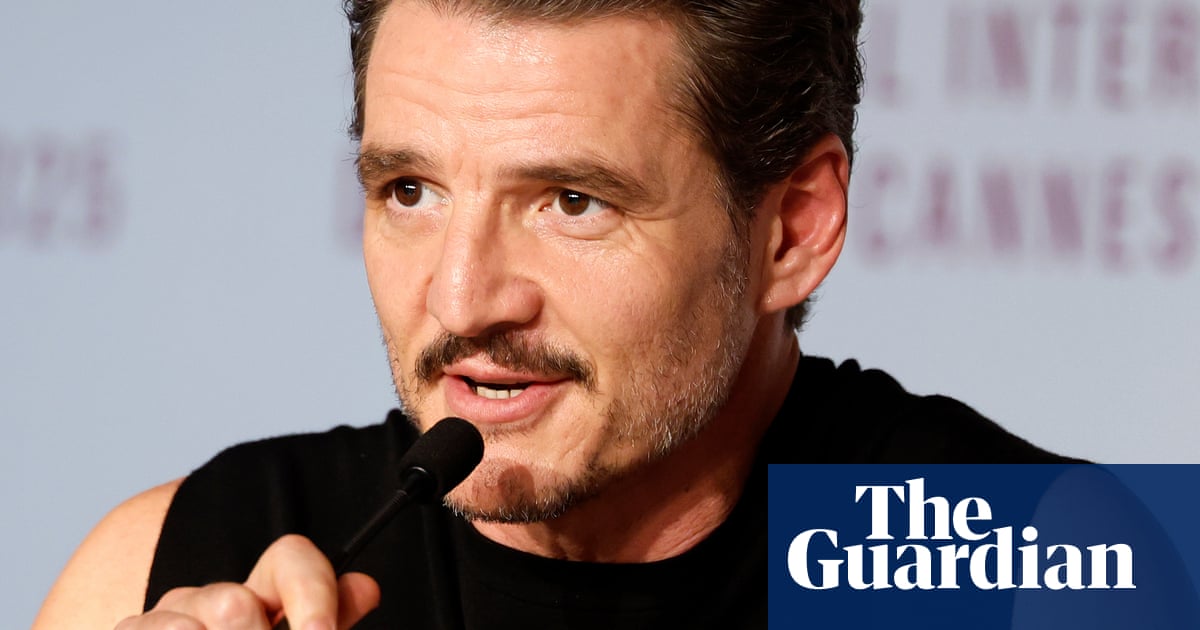Sean ‘Diddy’ Combs trial day four: defense cross-examines Cassie
The strategy of Sean “Diddy” Combs’ defense started to come into focus as his attorneys cross-examined his ex-girlfriend Cassie Ventura.
Casandra Ventura Fine told a jury on May 14 that her ex-boyfriend Sean “Diddy” Combs physically abused her, from dragging her to knocking her on the side of her head. In one incident, during which she said he was verbally berating her, she recalled punching him in the face for the first time.
“I’d never experienced anything like that before that,” Venture Fine, the R&B singer best known as Cassie, said, noting she was getting “really badly beaten.” When rumors of the incident circulated on the internet, she said her mom and dad asked about it. Cassie testified she didn’t tell her mom the truth because she “was ashamed.”
Ahead of the trial, Combs’ lawyers had said that they wanted to show that there was “mutual violence in their relationship” and “hitting on both sides,” rather than denying Combs’ violence.
“Domestic violence, we are absolutely admitting that,” Combs’ lead attorney Marc Agnifilo said, but added that it was “mutually violent.” Combs’ legal team grilled Ventura Fine on May 16 on what lawyers have called her own history of domestic violence.
Sexual violence experts, however, argue that claims of “mutual abuse” are a tactic used to shift blame away from the perpetrator, undermine power imbalances that facilitate domestic violence, and further the harmful stereotype of the “perfect victim.”
While there may be unhealthy behaviors from both partners involved in an abusive relationship, one person tends to have more control than the other.
Ventura Fine testified that Combs abused her over many years. She was 19 when she met Combs; he was 17 years older, established in the music industry, and signed her to a 10-album deal.
“Her livelihood and safety depended on keeping the defendant happy,” attorney Emily Johnson said on May 12. The prosecution said Combs and Cassie “were unfaithful and jealous,” but “only one had power.”
Diddy on Trial newsletter: Step inside the courtroom with USA TODAY as Sean ‘Diddy’ Combs faces sex crimes and trafficking charges. Subscribe to the newsletter.
How the idea of ‘mutual abuse’ harms victims
Domestic violence experts say the idea of “mutual abuse” is fraught. In abusive relationships, one partner tends to hold more power or be the primary aggressor. The other may react violently, but it’s likely just that — a reaction.
“It’s one person taking control over the other person and stripping them of their autonomy and stripping them of their independence,” says sociologist Nicole Bedera. “That’s not something that can be done mutually.”
Abusers can manipulate their victims into believing the relationship is mutually abusive by saying things like “What you said made me act that way” or “You started this.”
Victims may “be shocked by their own violent responses,” says trauma and relationship therapist Jordan Pickell. “They’re scared, and they have less power.”
“Abuse, by design, is meant to be confusing,” she adds. “This mutualizing language covers up the extent of abuse, and it hurts all survivors, because it feeds into them questioning themselves, and their own sense of self-blame.”
The idea of the ‘perfect victim’
We have inherent expectations of how a victim of abuse should act, respond and behave.
But in abusive relationships, there are often mixed feelings – a victim can be sexually, physically or emotionally abused, but still harbor loving feelings towards their partner. Eight in 10 victims of rape knew the person who raped them before the incident, whether it be a current or former intimate partner or acquaintance.
Pickell works with clients who are “horrified by their own behavior,” just as Ventura Fine testified that she felt shame. It can take time for them to recognize they were a victim of abuse.
And it’s important to remember abuse can happen to anyone – regardless of their personality, actions or responses. When we have a clear-cut idea of what a victim looks like, Pickell says we “falsely believe that it won’t happen to us.”
We also want to believe we’ll be able to spot perpetrators of abuse − that they’re all “monsters,” Sherry Hamby, an author, research professor and clinical psychologist previously told USA TODAY. But “they don’t have horns coming out of their heads and a lot of them can be quite charming when they want to be.”
There’s no ‘right way’ for victims to respond to abuse
There’s no gold standard when it comes to responding to abuse, as domestic and sexual violence can look different in each incident or relationship.
“If you don’t fight back, people say, ‘Well, then you must not have had a problem with it. You must have liked it. It must have been consensual in some way,’” Bedera explains. “And then if you do fight back, they say, ‘Well, weren’t you abusive too?’”
She adds, “The whole point is there’s always something to criticize, and there’s always a reason to justify the perpetrator’s violence.”
According to a 2020 study by the National Coalition of Domestic Violence, approximately 1 in 5 female victims and 1 in 20 male victims of sexual violence, physical violence and/or stalking by an intimate partner need medical care as a result. Every month, an average of 76 women are shot and killed by an intimate partner. The most dangerous time for a victim’s safety can be when they leave the abusive relationship; leaving an abusive partner or informing them of plans to leave can put a victim at a greater risk of intimate partner homicide or violence.
Similar to how women may use their intuition and judgement to navigate experiences of street harassment – whether it’s yelling back at their catcaller or scurrying away – victims are activating their flight, fight or freeze responses to survive each attack.
“Throughout the entire duration of their abusive relationships… victims are making decisions to protect themselves in key moments that are literally keeping them alive,” Bedera adds. “When we hold victims to a ‘perfect victim’ standard, often the thing that we’re attacking is those tools and tactics that kept them alive.”
Bedera says to think less about the victim’s response, and to hold off on passing judgments on whether or not a person handled the abuse in the “way you think a victim should.”
“That’s not really what’s on trial here,” she reminds those keeping an eye on the proceedings. “What’s on trial is how the perpetrator behaved and his actions.”
If you or someone you know is a victim of domestic violence, call the National Domestic Violence Hotline at 1-800-799-7233 or text “START” to 88788.
Contributing: Anna Kaufman, Patrick Ryan and Edward Segarra







